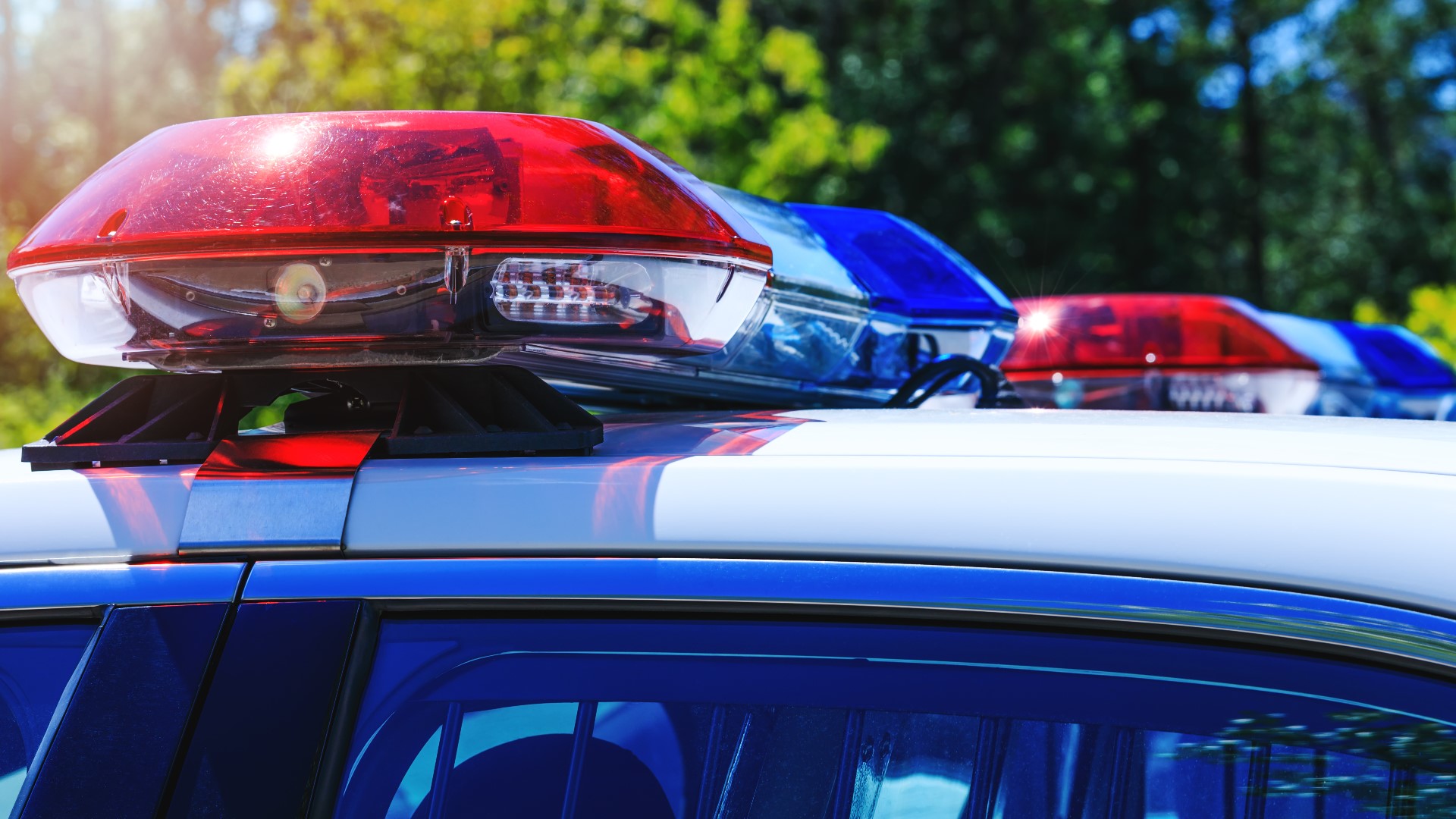Safe Lawn Care: How Long After Spraying Roundup Is It Safe for Pets?
Understanding Roundup and Pet Safety Concerns
Many pet owners are concerned about the potential risks associated with using Roundup, a widely used glyphosate-based herbicide, in areas where their pets play and relax. While Roundup is effective in controlling weeds, its safety for pets has been debated among veterinarians, toxicologists, and environmental advocates. This article provides a comprehensive overview of how long you should keep pets off treated areas, the risks involved, symptoms of exposure, safer alternatives, and actionable steps to ensure your pets’ well-being.
How Long After Spraying Roundup Is It Safe for Pets?
The minimum recommended wait time before allowing pets back onto areas treated with Roundup is generally 24 to 48 hours . Most experts agree that the product is most toxic when it is still wet on the grass or plants. According to veterinary sources, the safest practice is to keep pets away from treated areas for at least 24 hours, as this allows the product to dry fully and reduce immediate toxicity risk [2] . Some veterinarians and pet safety organizations advise extending this period to 48 hours as an extra precaution, particularly for animals that are prone to licking, digging, or chewing grass [1] .
It is important to note that while drying reduces the immediate risk, some experts emphasize that glyphosate and related herbicide residues may remain in the soil and on plant surfaces. This means that even after the visible product has dried, pets may still be exposed to low levels of chemicals, which could potentially affect their health over time [3] .
Why Pets Are at Risk After Roundup Use
Pets, especially dogs and cats, often have close contact with the ground, sniffing, licking, and rolling on treated surfaces. Glyphosate can stick to their fur and paws, and is easily ingested during grooming. Because pets are generally smaller than humans, they are more susceptible to the effects of ground-level toxins. Documented symptoms of glyphosate exposure in pets include:
- Nausea, vomiting, and diarrhea
- Drooling and lethargy
- Skin irritation, itching, or swelling of the nose, eyes, or paws
- In severe cases, potential organ damage or even death with high levels of ingestion
If you suspect your pet has been exposed to Roundup or is showing symptoms of poisoning, contact your veterinarian or the Pet Poison Helpline immediately. Fast intervention can prevent more serious health consequences [2] .
Best Practices for Pet Safety After Spraying Roundup
To minimize risks, consider the following actionable steps:
- Keep pets off treated areas for at least 24 to 48 hours. This allows the product to dry and reduces immediate toxicity. If possible, extend this period to 48 hours, especially during wet or humid conditions.
- Do not allow pets to walk, play, or roll on recently treated grass or soil. If accidental contact occurs, wash your pet’s paws, legs, and fur with soap and water as soon as possible.
- Avoid letting pets eat or lick grass or plants in treated areas. Even dried residues can be ingested and cause digestive upset or long-term health risks.
- Water the treated area after the waiting period. This may help to reduce surface residues, but does not eliminate all risk. Monitor your pet’s health for any changes.
Some experts recommend avoiding the use of chemical herbicides altogether in areas where pets frequently roam. If you must use Roundup or similar products, always follow the manufacturer’s instructions and apply only in targeted zones, keeping untreated areas available for your pets [1] .
Symptoms of Herbicide Exposure in Pets
Recognizing the signs of herbicide poisoning is critical. Common symptoms in dogs and cats include:
- Gastrointestinal upset: vomiting, diarrhea, loss of appetite
- Excessive drooling or salivation
- Fatigue, weakness, or unsteady gait
- Respiratory distress or coughing
- Irritated or red skin, particularly on the paws or around the mouth
If you notice any of these symptoms after your pet has been in an area treated with Roundup, contact your veterinarian promptly. Provide details on the timing and amount of potential exposure to assist with diagnosis and treatment [2] .
Safer Alternatives to Roundup for Pet Owners
If you are seeking a more pet-friendly approach to weed control, several alternatives are available. Manual weed removal is the safest option, though it may not be practical for large lawns. Other pet-safe herbicides use natural ingredients such as vinegar, clove oil, or citric acid. For example, products like Bonide BurnOut Fast-Acting Weed and Grass Killer, Green Gobbler Vinegar Weed and Grass Killer, and ECO Garden Pro Organic Weed Killer are formulated with fewer harmful chemicals and have received positive feedback from pet owners when used as directed [4] .
When considering any weed control product, always read the label for safety instructions and consult your veterinarian if you have concerns. Some pets may have unique sensitivities or medical conditions that require extra caution.
Step-by-Step Guidance: Protecting Pets During and After Weed Treatment
To ensure maximum safety for your pets when treating your lawn or garden with Roundup or any herbicide, follow these steps:
- Plan Ahead: Designate a pet-safe area before spraying. Confine pets indoors or to an untreated section of the yard during application and drying periods.
- Apply Product Carefully: Use targeted spraying to minimize the area exposed to chemicals. Avoid spraying on windy days and prevent runoff into areas pets frequent.
- Communicate with Family and Service Providers: Inform all household members and lawn care professionals of the treatment schedule and safety precautions.
- Monitor Weather: Rain or irrigation can prolong the drying time and spread chemicals. Reapply the waiting period if heavy moisture occurs soon after application.
- Clean Up: Remove any toys, bowls, or bedding from treated areas before spraying. After the waiting period, rinse these items with water before returning them to the yard.
- Observe Your Pets: Watch for any signs of discomfort or illness. If you have concerns, consult your veterinarian and mention the timing and type of herbicide used.
In some cases, it may be worthwhile to discuss alternative landscaping strategies-such as planting native grasses or using mulch-to reduce the need for chemical weed control.
Challenges and Solutions: Managing Risks and Concerns
One challenge for pet owners is the persistence of herbicide residues in the environment. Even after the recommended waiting period, some chemical traces may remain in the soil and on plant surfaces. Regularly washing your pet’s paws after outdoor activities and restricting unsupervised access to treated areas can help manage these risks. If you are concerned about long-term exposure, consider transitioning to organic lawn care practices or consulting a landscaping professional who specializes in pet-friendly approaches.

Source: etsy.com
Another potential issue is neighborhood or community-wide use of herbicides. If public parks or neighboring properties are treated with Roundup or similar products, avoid these areas for at least 24 to 48 hours after visible application. You can ask local authorities about their lawn care schedules or look for signage indicating recent chemical treatments.
Accessing Additional Resources and Support
If you need more information on safe lawn care practices or assistance after a potential exposure, you can:

Source: pinterest.com.mx
- Contact your veterinarian or a local animal hospital for immediate advice.
- Call the Pet Poison Helpline (search “Pet Poison Helpline” online for the current number and resources).
- Consult trusted websites such as PetMD ( petmd.com ) and the Humane Society for further guidance.
- For legal or environmental questions, visit Consumer Notice for information and support on product safety ( consumernotice.org ).
Key Takeaways for Pet Owners
To protect your pets after using Roundup:
- Wait at least 24 to 48 hours before allowing pets on treated areas
- Monitor for signs of poisoning and seek veterinary help promptly if symptoms develop
- Consider safer, pet-friendly alternatives for weed control
- Adopt proactive steps and consult experts for ongoing safety



